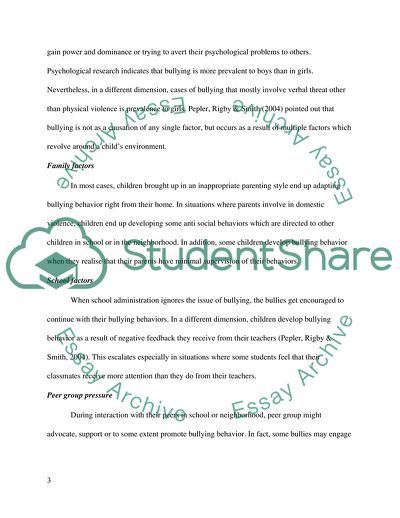Cite this document
(How and to what extent can bullying be reduced in schools Coursework - 3, n.d.)
How and to what extent can bullying be reduced in schools Coursework - 3. https://studentshare.org/psychology/1856219-how-and-to-what-extent-can-bullying-be-reduced-in-schools
How and to what extent can bullying be reduced in schools Coursework - 3. https://studentshare.org/psychology/1856219-how-and-to-what-extent-can-bullying-be-reduced-in-schools
(How and to What Extent Can Bullying Be Reduced in Schools Coursework - 3)
How and to What Extent Can Bullying Be Reduced in Schools Coursework - 3. https://studentshare.org/psychology/1856219-how-and-to-what-extent-can-bullying-be-reduced-in-schools.
How and to What Extent Can Bullying Be Reduced in Schools Coursework - 3. https://studentshare.org/psychology/1856219-how-and-to-what-extent-can-bullying-be-reduced-in-schools.
“How and to What Extent Can Bullying Be Reduced in Schools Coursework - 3”. https://studentshare.org/psychology/1856219-how-and-to-what-extent-can-bullying-be-reduced-in-schools.


